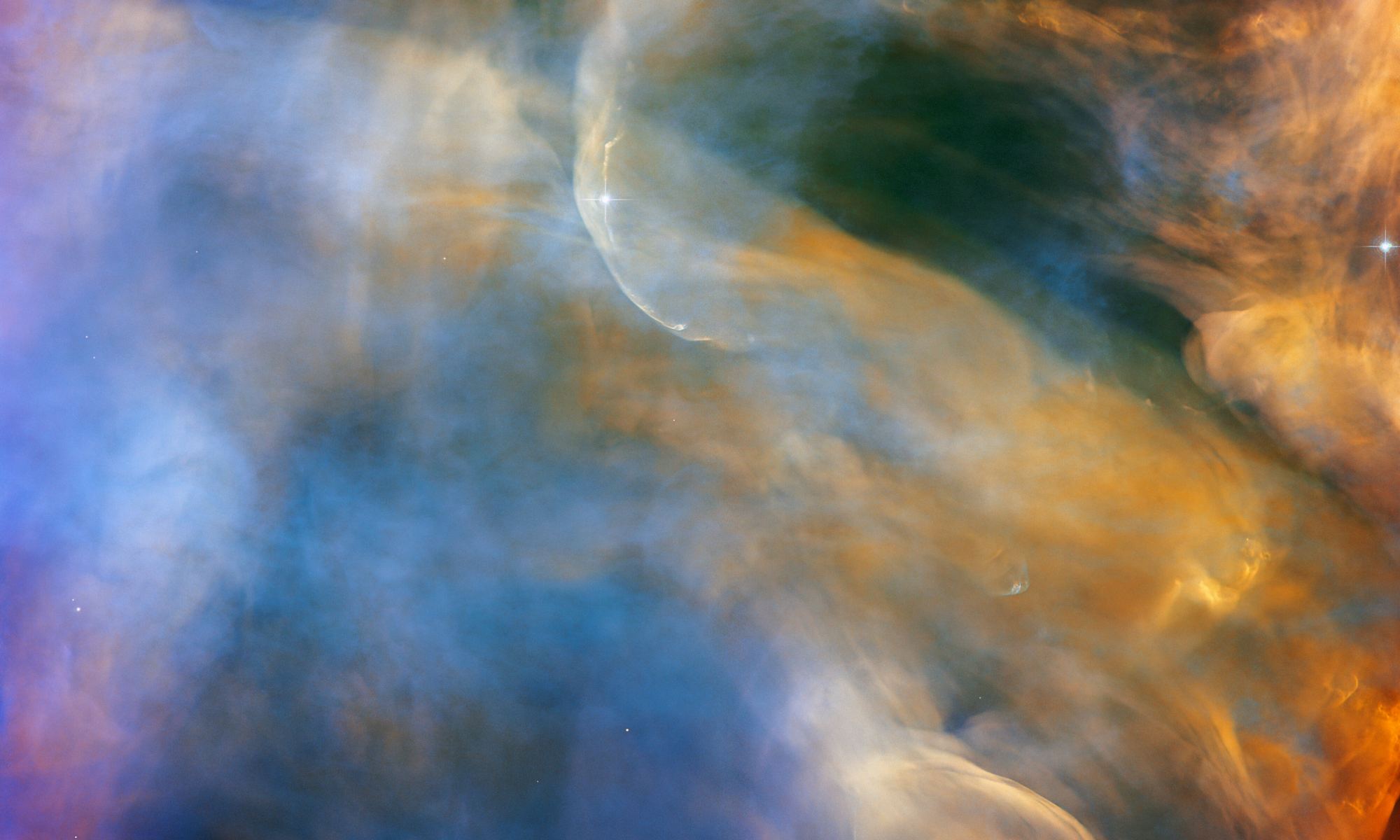All stars are born from the collapse of clouds of dust and gas. But triggering star formation is a tricky process, because these gas clouds can just hang out doing nothing for billions of years. A pair of researchers have found a precise recipe for getting gas clouds to trigger star formation. It involves a lot of collision.
When clouds of gas collide, several things happen at once. The gas and dust tangle up on each other and immediately trigger turbulent ripples that race throughout the newly merged clump. Shockwaves can also form, which travel at their own speed through the chaos. In all of the mess pockets of the cloud can destabilize. When they do, they pinch off from the rest of the cloud and quickly collapse as the gravitational force within them overwhelms any other form of support.
When that happens, clusters of stars form. Astronomers have long suspected this story to be true, but it but mysteries remain as to the details of how a cloud of gas transforms into stars. And so a pair of researchers investigated this in detail. They studied how the sizes and velocities of clumps of gas lead to different rates of star formation.
They found that the largest influence on star formation was not the properties of the gas clouds themselves but on the background they find themselves in. For example, if two gas clouds merge together in an environment that has a relatively high density, then the gas clumps tend to produce more compact merger remnants. This leads to fewer but more massive stars. Conversely, if the gas clouds are relatively isolated, they produce more numerous but less massive stars.
This is just one piece of the larger puzzle of trying to understand the history of star formation and under what conditions what kind of stars our galaxy produces.

